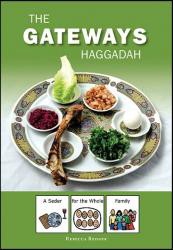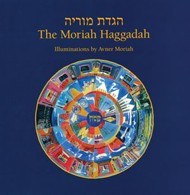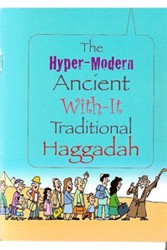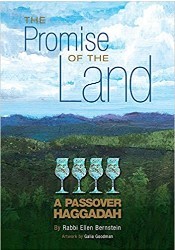By
– January 9, 2012
The Mishnah offers only the barest suggestion of what constitutes a seder — the basic rituals and instructions to our son — an open invitation to retell the story of the Exodus in a meaningful and creative way. Over the generations, however, the text of the hagaddah has been set, and participants often overlook the opportunity to depart from that text to make their seders thoughtful and significant.
Matthew L. Berkowitz, Senior Rabbinic Fellow at the Jewish Theological Seminary’s Voices of Learning Program, has grasped that opportunity. Grounded in the traditional liturgy, which is handsomely presented in English and Hebrew, The Lovell Haggadah encourages participants to rethink many traditional passages and to expand both their knowledge and experience of the seder through interpretative introductions, compelling artwork, discussion topics, and personal contributions. Rabbi Berkowitz draws on traditional and contemporary scholars and commentary, from the Talmud to Isabel Allende, Arnold Eisen, and Abraham Joshua Heschel. In twenty-seven boldly dramatic plates complementing the text, Rabbi Berkowitz, trained in traditional Jewish artforms, combines calligraphy, paper cuts, and other techniques to deepen the meaning of the seder and draw participants into a broader appreciation of the Passover experience from the Exodus to today.
Art has been an integral part of haggadahs for centuries, and The Lovell Haggadah stands tall in that line of artistically rich and inspiring retellings.
Maron L. Waxman, retired editorial director, special projects, at the American Museum of Natural History, was also an editorial director at HarperCollins and Book-of-the-Month Club.





